COLORFULTEA
Lapsang Souchong Tea - COLORFULTEA
- Regular price
-
$4.90 USD - Regular price
-
- Sale price
-
$4.90 USD
Couldn't load pickup availability
Brewing difficulty: General Difficult
Best season to taste: Summer
Origin: Wuyi Mountain, Fujian Province
Shape: corpulent and tight strips, red brown color, and uniform luster.
Liquid: the top grade is golden and golden circle inside the cup.
Aroma: with obvious aroma of pine smoke.
Taste: sweet fragrance like longan.
Brewed tea leaves: brilliant red color, soft, tender, corpulent and thick.
Recognizing: Lapsang Souchong is fumigated with pine needles or pine wood, with rich and thick aroma. It is one of the oldest kinds of tea in the world. Gongfu black tea is developed on its base. Lapsang Souchong is ideal for dishes mixed with curry and meat, so it develops into the world-famous afternoon tea in Europe.
Shape: Superfine Lapsang Souchong black tea is with small bar. The first grade Souchong is with bigger bar while the second grade of Souchong is not as regular bar-shaped as the first grade, with some tea slices.
Liquid: The soup is dark yellow. The top grade is with golden ring in the soup. The inferior is light, dark and turbid.
Aroma: The superior smells thick and lingering aroma of pine smoke at the bottom of the cup. The inferior has slight odor of pine smoke and it is thin, short and varied.
Taste: The superior tastes long and soft while the bad can make people have the choky and throat-cutting feeling.
Water temperature: boiling water about 95℃.
Tea sets: the purple sand teapot or small pot, and small cup to drink.
Lapsang Souchong - Origins of the Legendary Black Tea
1. The origins of black tea:
There are no records of black tea in historical sources before the Ming Dynasty. According to the research results of many scholars, the black tea mentioned in Duoneng Bishi (Various Arts in Everyday Life), written by Liu Ji (1311 - 1375), was actually an error; the two characters should have been "Jiang Tea". "Jiang Tea" had been known since the Song Dynasty; therefore the two characters for black tea should not have appeared in early Ming sources.
During the Hongwu period of the Ming dynasty, Zhu Yuanzhang ordered the cessation of compressed tea production, decreeing that tribute tea be changed to loose-leaf form. The change was vital in the consequent development of loose leaf tea. After two hundred years, in the late Ming, prototypes or the earliest black teas and oolong teas (qing cha) were created with the emergence of oxidizing and new tea making techniques. These changes, however also created unfavorable conditions for Wuyi's compressed tea makers, long known for their distinctive tribute teas: Longtuan Fengbing compressed tea cakes. Owing to the long-term development of tea cakes in Wuyi Mt., techniques of making and roasting loose leaf teas there lagged behind other regions, resulting in an unprecedented downturn of the tea industry in the Wuyi Mt. region.
At that time, Huang Mt.'s Songluo region was the most innovative district producing roasted tea. Under Chong An County jurisdiction, monks from Huang Mt. convened in Wuyi Mt. to teach the latest tea making techniques, causing the steady development of roasting techniques in Wuyi Mt.. The Wuyi tea industry was thus revived; this was the foundation from which Wuyi's golden age would blossom during the late Ming.
From steamed, compressed tea to developments in roasted loose leaf tea, the quality of teas in the Wuyi Mt. region made consecutive breakthroughs. Written by Zhou Lianggong (1612-1672), Minxiaoji (Tales of Fujian) narrated: "The infusion turned crimson red upon steeping." This indicates that Wuyi teas were already oxidized. Therefore, the rise of black tea can be dated to 1567-1672 in the late Ming, possibly after the spread of Huang Mt. Songluo tea in the mid 16th century and before the appearance of Minxiaoji by Zhou Lianggong.
Considering the introduction of roasted loose leaf tea making techniques used to make Huang Mt. Songluo tea, combined with extant drying techniques, Wuyi Mt. was already employing the two most significant techniques in black tea production, namely Guohongguo (pan frying) and Xunbei (smoke drying). It was only a matter of time before black tea would emerge from the fire.
"The discovery of black tea was by chance; the leaves fermented after the army division camped in the tea factory", I personally consider that this saying confirms that the local foxidiccd roasted & dried their withered tea leaves after the army had camped in the factory to avoid losing the tea, fortuitously creating a new tea variety: Souchong Black Tea.
2. The mystery of Red Tea being known as Black Tea
Many black tea experts have tried to solve the mystery of why "hongcha" is translated into English as "black tea", not literally "red tea". Mr. Ara Yasumasa, consultant of the Japanese Black Tea Association believes that "hongcha" are the word generally used to refer to black tea in Japan. It was Mr Tada Motoyoshi, veteran of modernizations in the Japanese tea industry who first translated black tea into "hongcha" in Japanese; this usage in turn spread to China.
In order to prove the authenticity of the above statement made by a Japanese authority on black tea, I have regularly visited Lapsang Souchong production areas over the past decade, talked with local producers, and researched a great deal of historical records, culminating in the discovery of an amazing story.
Souchong has a pitch-black, yet lustrous appearance. In the local dialect it became known as "Wucha", pronounced as "Wuda". "Wu" means black, "Wucha" literally meaning "black tea", hence the English translation.
When it was exported, owing to its origins in Wuyi Mt., the English named it "Bohea" Tea, a name which came to represent the best tea in China. Bohea became the common name for Fujianese black teas and other Chinese black teas after the 18th century.
From "Wuda" to "black tea", from "black tea" to "hongcha", - from Wuyi Mt. to the world, - the contributions of Lapsang Souchong towards developments in black tea's popularity are significant and undeniable.
3. History of the name "Lapsang Souchong"
Lapsang Souchong is one of the oldest black tea in the world. It has a history of 400 years so far. Lapsang Souchong is ideal for dishes mixed with curry and meat. So it develops into the world-famous afternoon tea in Europe. It is fumigated with pine needles or pine wood and its aroma is rich and thick.
Lapsang Souchong is classified into black tea. Together with the artificial souchong tea, they are collectively called Souchong black tea. During the late 1990s, it was first produced in the Tongmu area of Wuyi Mountain in Fujian Province. This kind of tea once took Xingcun as the distributing centre, so it was also called Xingcun souchong. After the first opium war, the imperialist state invaded China. And there was a fierce competition between the foreign and domestic tea markets. Thus the fighting between the Lapsang Souchong and the foreign tea occurred. It got the name of "Lapsang Souchong" ,for it had the meaning of legitimacy.
As foreign demand grew, the highly profitable market in the production of Lapsang Souchong brought forth a mass of imitations. For example, during the Yongzheng period of the Qing dynasty, imitations of Lapsang Souchong including Jiangxi Wu became very popular in the Xingchuan area of Chong'An County. Later, teas were classified Real Mountain Zhengshan and Outer Mountain Waishan, in order to distinguish between local and foreign teas.
The original production area of Zhengshan Souchong is Tongmu village, located in Xingcun, Chong'An County, Fujian province, principally in the area of the nature reserve, whereas the Waishan Souchong, also known as Fake Souchong refers to teas grown in Jiangxi, Zhenghe in northern Fujian and Tanyang, etc.
At the end of 17th century, the finest Souchongs were produced in the Wuyi Mt. area and known in English as "Bohea Tea". When Fujian opened its ports in 1853, Lapsang Souchong tea was exported from Fuzhou. In local Fuzhou dialect, "Lap/Le" means "Pine", Sang/Xun means "smoking process", therefore, "Lapsang Souchong" refers to sub-variety with pine smoke aroma. The tea was thus recorded in the British Encyclopaedia in 1878.
Exported under the name "Lapsang Souchong", this unique tea with its smoky pine and longan fragrance, taken with milk and sugar, created a sensation and became increasingly popular in the western countries. Not only did it represent the afternoon tea of European Royal families, but further symbolized the power and wealth of the upper classes.
Although drinking black tea was not common in China at the time, Lapsang Souchong came to represent eastern tea culture in western countries. A cup of Lapsang Souchong influenced China's fate and its subsequent plundering by various world powers. A cornerstone of afternoon tea in the west, the importance of this tea led to major changes in world trade and politics. A cup of Lapsang Souchong from Wuyi Mt. altered the history of the modern world.
4. Secrets of Lapsang Souchong: Varieties and Production
Lapsang Souchong is made in a nature reserve. The high mountains are covered in thick pine forests, shrouded in heavy mist, blessed with fertile soils and far from human pollution; these conditions help provide an ideal environment for growing quality tea.
Measures have been taken concerning entry to the nature reserve. In spite of certain inconveniences caused to the production, these controls ensure the quality of the tea. In recent years, due to its increasing popularity, tea prices have skyrocketed, in turn leading to the prevalence of fakes in the market. In order to facilitate the readers' path to purchasing genuine Lapsang Souchong, I have tried to illustrate the tea from a scientific and objective point of view.
Let us first begin with Variety: Cultivars of Lapsang Souchong belong to Wuyi Caicha Group (Wuyi tea group), meaning they are diverse, not the asexual product of a single species. In addition, results from analyses have shown that varieties under Wuyi Caica Group also belong to Wuyi Qizhong (Wuyi rare types). Therefore, they are essentially similar to varieties used to produce Wuyi Rock Teas. As a result of the rise in popularity of Lapsang Souchong, fresh tea leaves collected from lower altitudes in Wuyi Me. which were originally used to produce low-grade Wuyi Rock Teas are being sold as counterfeit "Lapsang Souchong". Twenty years ago, tea farmers had to transport large quantities of loose leaves from high mountains to the foot of Wuyi Mt.; now, the situation has improved, teas are sold at fair prices, farmers do not need to travel afar to sell their tea and living standards have improved considerably. With these rises, however, Lapsang Souchong has become less affordable for consumers and tea merchants.
Lapsang Souchong is only harvested in spring and summer. The first flush comes in Lixia (beginning of summer), therefore, products appearing earlier are often made from low grade teas from the lower mountains. The first two to three leaves are ideal for plucking. Using leaves that are too mature or too green will affect the quality of the Lapsang. According to the samples I have taken over the past decade, only fresh leaves of an appropriate maturity can produce a good tea that is intense and smooth in taste. From a traditional perspective, that is, "Thick and robust, tightly rolled taut strips, without buds," resulting in a lustrous pitch-black finished product, unlike green tea, where a high ratio of buds is often seen as an indicator of quality.
Next we will have a look at the unique production process of traditional Lapsang Souchong.
One of the amazing facts about Lapsang Souchong is that the dried leaves give off distinct scents of pine resin and dried longan. The secret of this unique smell is hidden in the production process. There are both primary processing and refining processing stages in the tea's production. Here we will focus on primary processing.
Flow chart:
Fresh leaves→Withering (Sunlight/Heating)→Rolling→Oxidization→Pan Frying→Second Rolling→Drying with Low Hear→Additional drying→Raw Tea Leaves(Compiled and provided by Lin Shengtai)
Withering is usually carried out with additions heat in Qinglou (wooden sheds) because of the shortage of sunny days in Tongmu village. Sunlight withering takes place when leaves are spread out in the sun on bamboo mats.
Qinglou are one of the secrets in the creation of the most authentic Lapsang Souchongs. These wooden sheds are usually three to four storeys high. I also discovered that tea produced in modern cement walled tea factories is very different in taste. The lowest floor is akin to the ancient Taiwanese wood stoves, where pine wood is burned to produce fire. Rolled leaves are smoke dried on the upper storeys. The floos of the two upper levels are made of wooden slats and covered with bamboo mats so that the pine smoke can rise all the way to the top, thereby withering the leaves. In other words, the process begins with withering on the highest storey, and finishes with smoking over the strong fire. Use of a single fuel source to complete both withering and smoking processes adheres to modern concepts of environmental conservation. Therefore, during primary processing, the smoking process which contributes to the natural smoky pine resin aroma is far different to the harsh astringency and taste created during the refining process. People often confuse Yanxiaozhong (Smoked Lapsang Souchong), also known as "Fake Souchong", with genuine Lapsang; however, Yanxiaozhong teas are principally smoked during the refining process, resulting in a lower quality tea. Smoked Lapsang Souchongs lose their longan flavor notes after the second to third brew, leaving only the taste of standard Gongfu black teas.
The rolling process is now carried out by rolling machines. Tea lipids are squeezed out and remain on the surface of the leaves, afterwards, the leaves are stored in bamboo barrels covered with thick cloth and left to oxidise until the leaves turn a copper red colour.
Pan frying is another of the unique features in the production of Lapsang Souchong. The fermented leaves are pan fried at temperatures below 200°C for 2 to 3 minutes to terminate the oxidization. This also removes any grassy smell in the leaves and further intensifies the aromatic fragrance of the tea.
During the smoking process, the leaves are placed on bamboo mats, and then hung on racks in the smoking room. Pine is burned in an intense fire on the ground floor, causing the smokiness to diffuse.
On the other hand, if the tea is smoked during the refining process, damp pine wood is burned, creating a different level of smokiness that further improves the smoky pine aroma of Lapsang Souchong.
Smoking in the early primary process and smoking later in the refining process may look like the same procedure as their primary fuel source is pine; however, different cuts of wood carry different water concentrations, and differing levels of heat and heating times combine to create the unique, characteristic smoky pine and dried longan aromas that are both intense and smooth. Therefore, we can say that Lapsang Souchong is 'made' by pine smoking.
In order to preserve traditional pinewood firing techniques, Lapsang Souchong producers in the nature reserve have to source pinewood from outside the reserve. Increasing transportation and environmental costs are obstacles which Lapsang Souchong will have to surmount in the near future.
If your tea has an overwhelming smoky pine flavour, and loses its longan sweetness after the first few brews, chance are you have purchased a lower grade Smoked Souchong. Apart from distinctive procedures in production, Lapsang Souchong has an enchanting presence, with notable differences from other Gongfu black teas in both variety and the environment in which it is grown.
However, prices soared when Lapsang Souchong's popularity boomed in foreign countries such as Japan. Counterfeit products have saturated the market, making it more difficult for consumers to purchase genuine Lapsang produced exclusively in the Wuyi area. It is absolutely incorrect that genuine Lapsang Souchong should taste extremely harsh and strong.
Here, UmiTeaSets.com, we promise our Lapsang Souchong tea is absolutely genuine!
"Tea, like a friend, is of enduring as the universe."
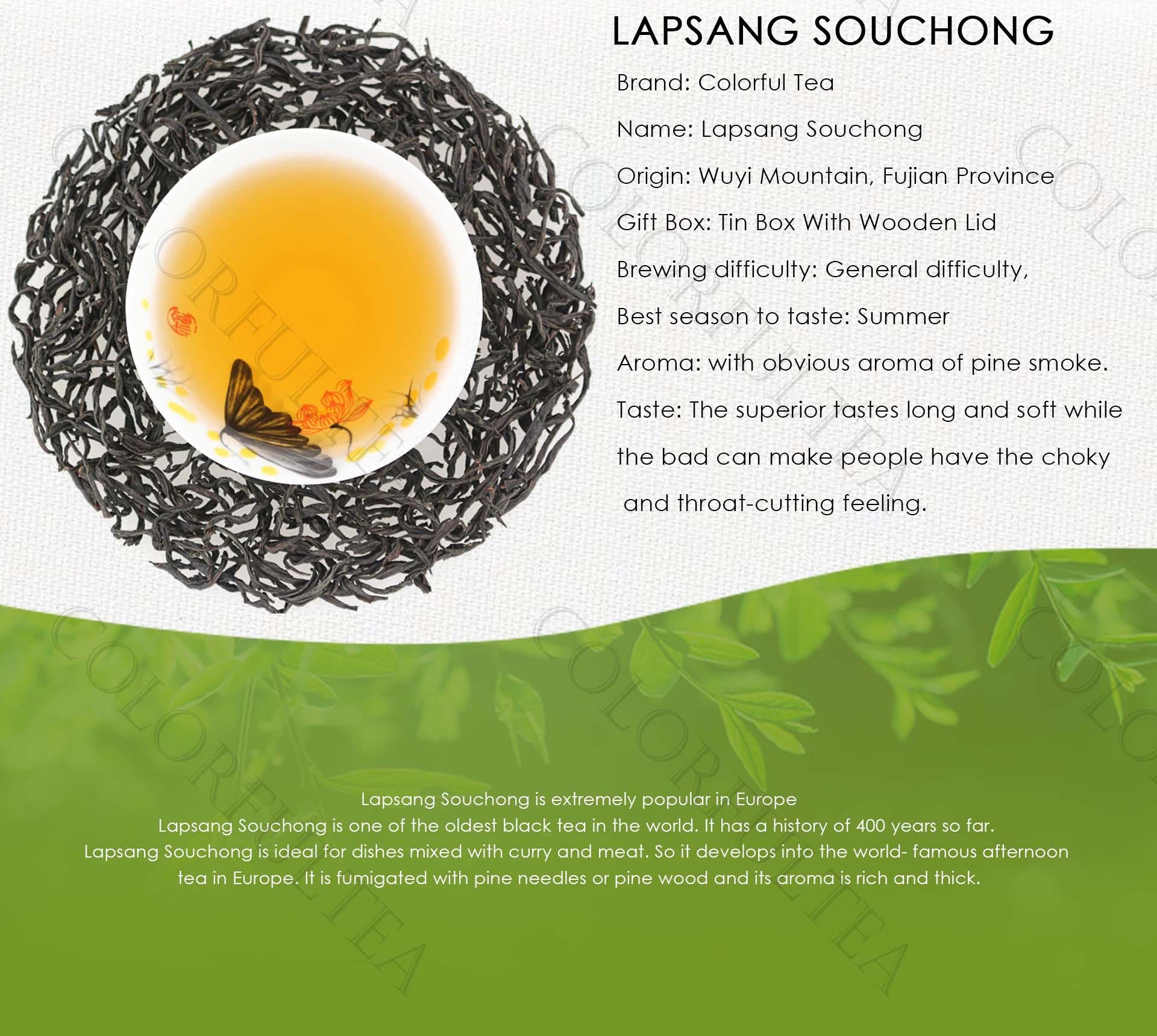

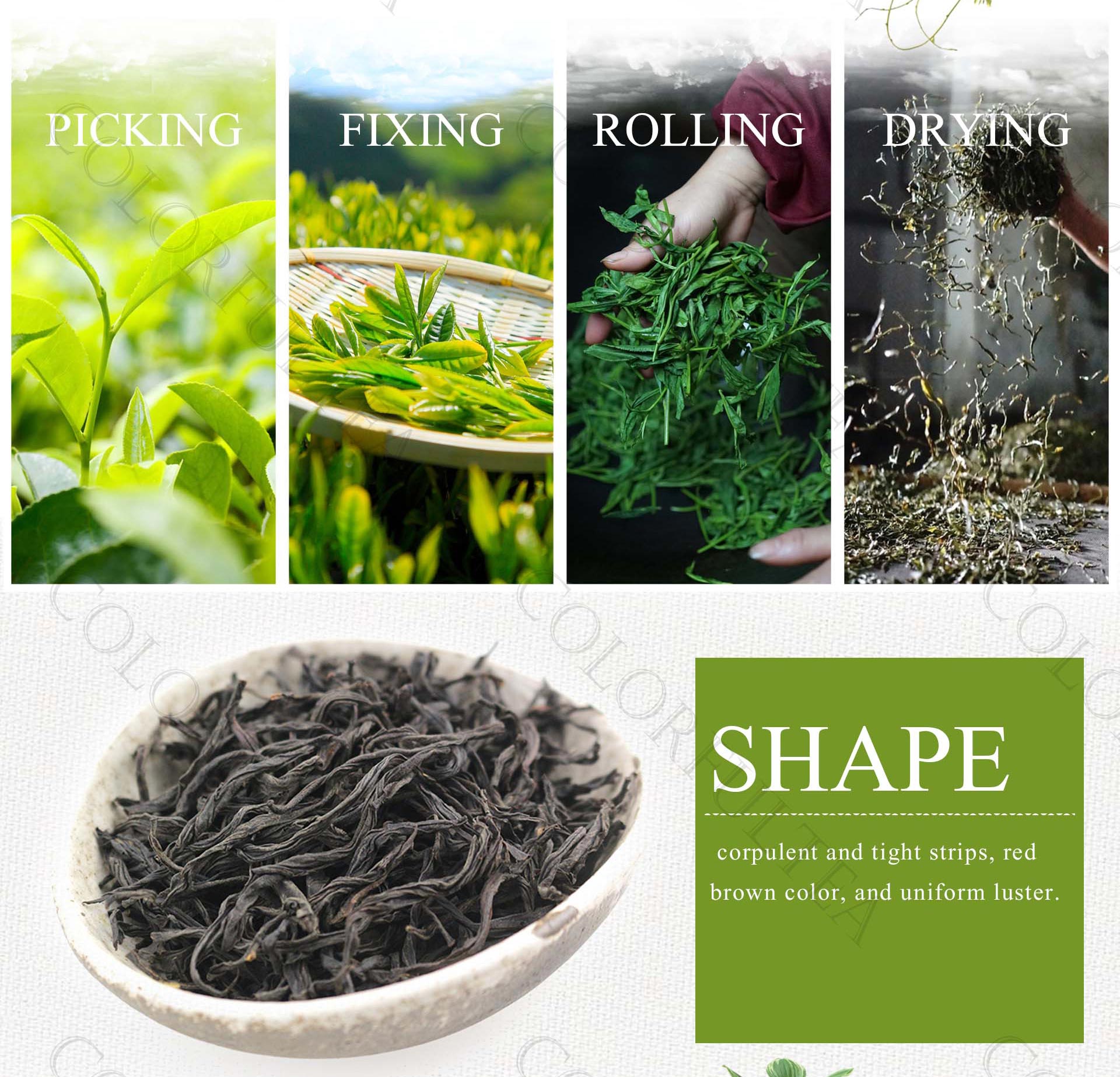
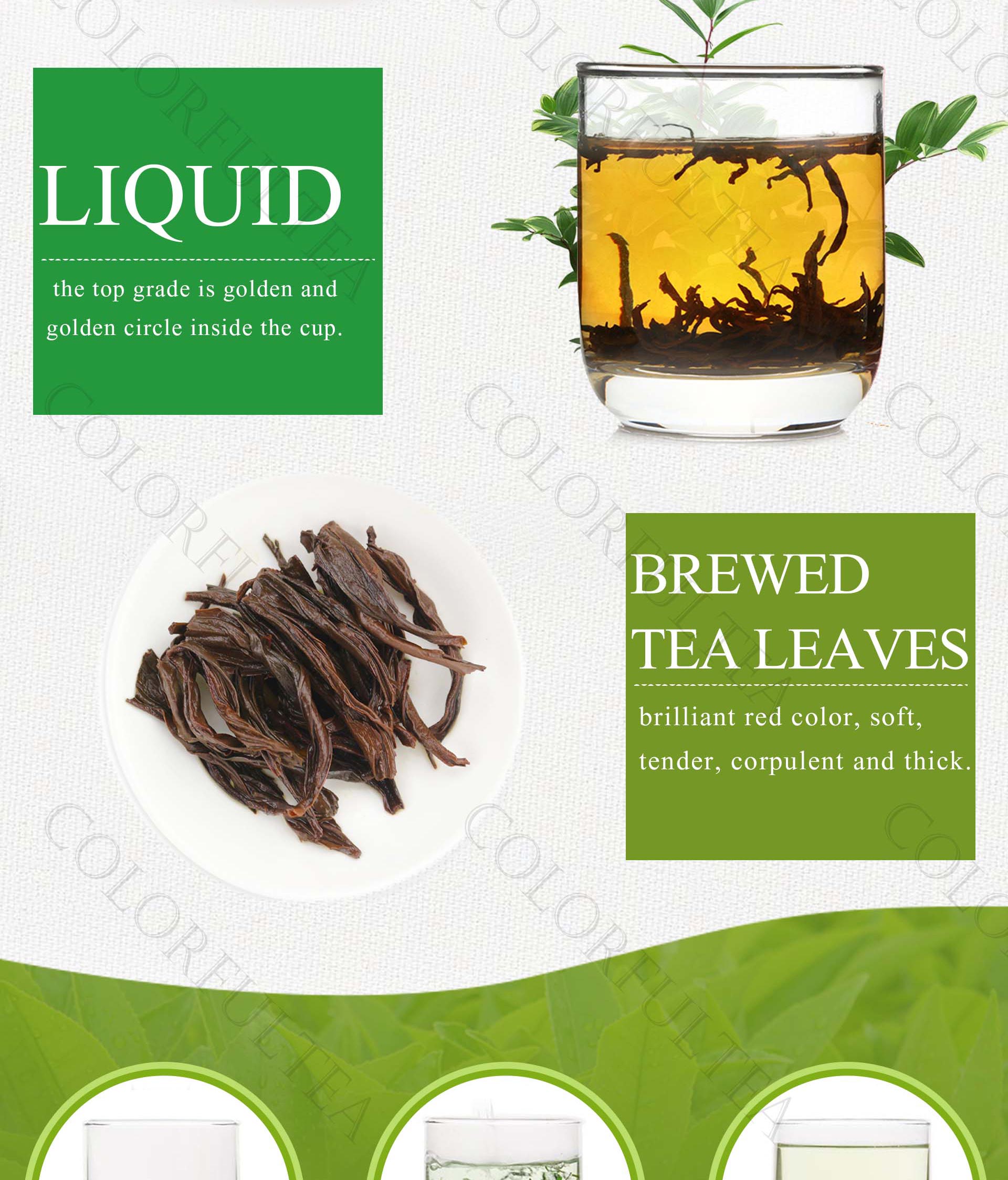

Top Teawares Store
Best Chinese Tea & Teawares Online Store Over 13 Years. Just be assured to purchase from us, all our products are high quality, noble and exquisite.
Shipping Information
We do offer Free Shipping and Express Shipping to worldwide.
- Free Shipping (8-12 Days): Normally, we will ship it by USPS or National Posts.
- Express Shipping (5-7 Days): Normally, we will ship it UPS, FedEx or DHL.
Express Shipping Cost is based on weight. Just add products to your cart and use the Shipping Calculator to see the shipping price.
Returns Policy
Zero Risk - Take Advantage of Our Free Return Policy.
We hope you have a pleasant shopping experience here, but if you are not satisfied and need to make a return, breathe easy. We do offer Free Return and Full Refund.
We have a 7-day return policy, which means you have 7 days after receiving your item to request a return.
Please contact us first for refunds before returning the items.
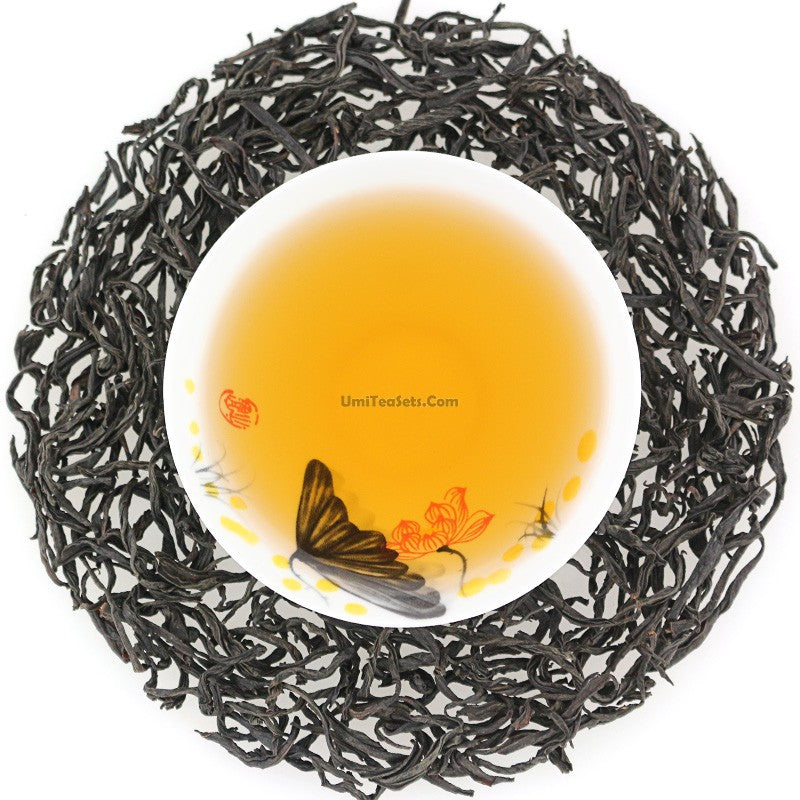
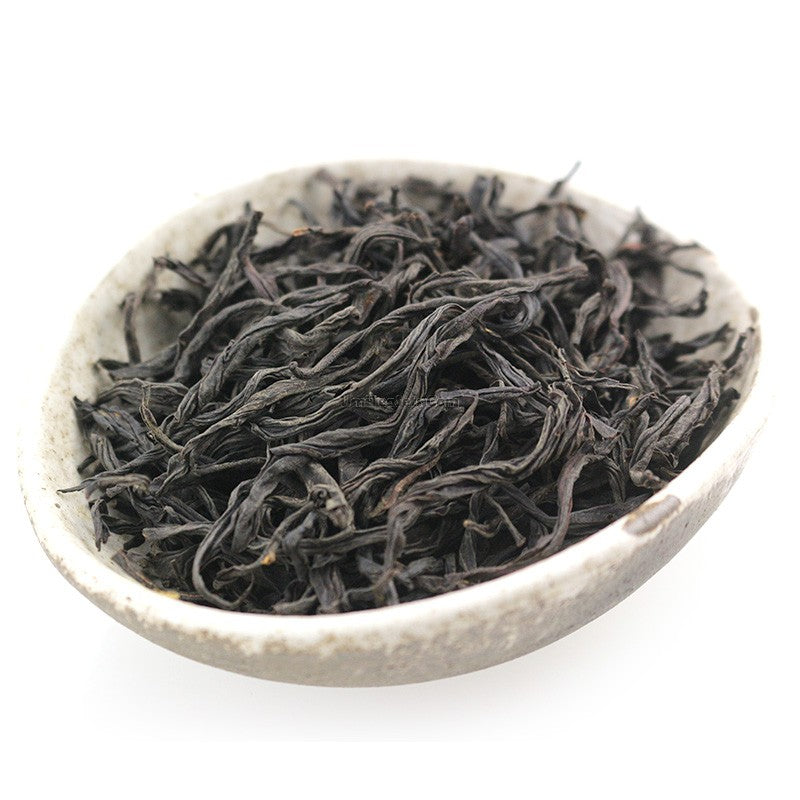
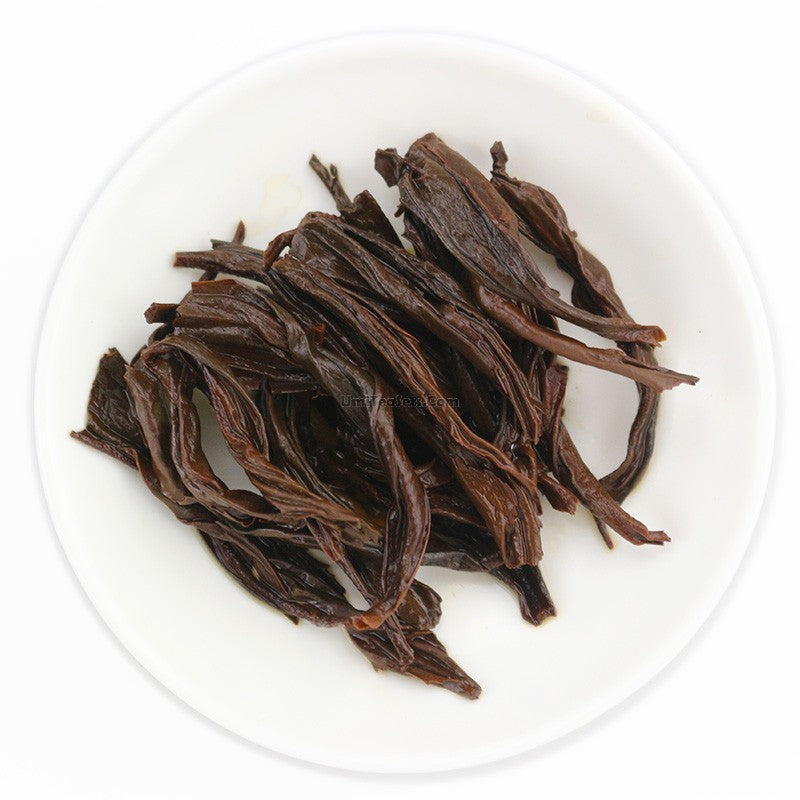
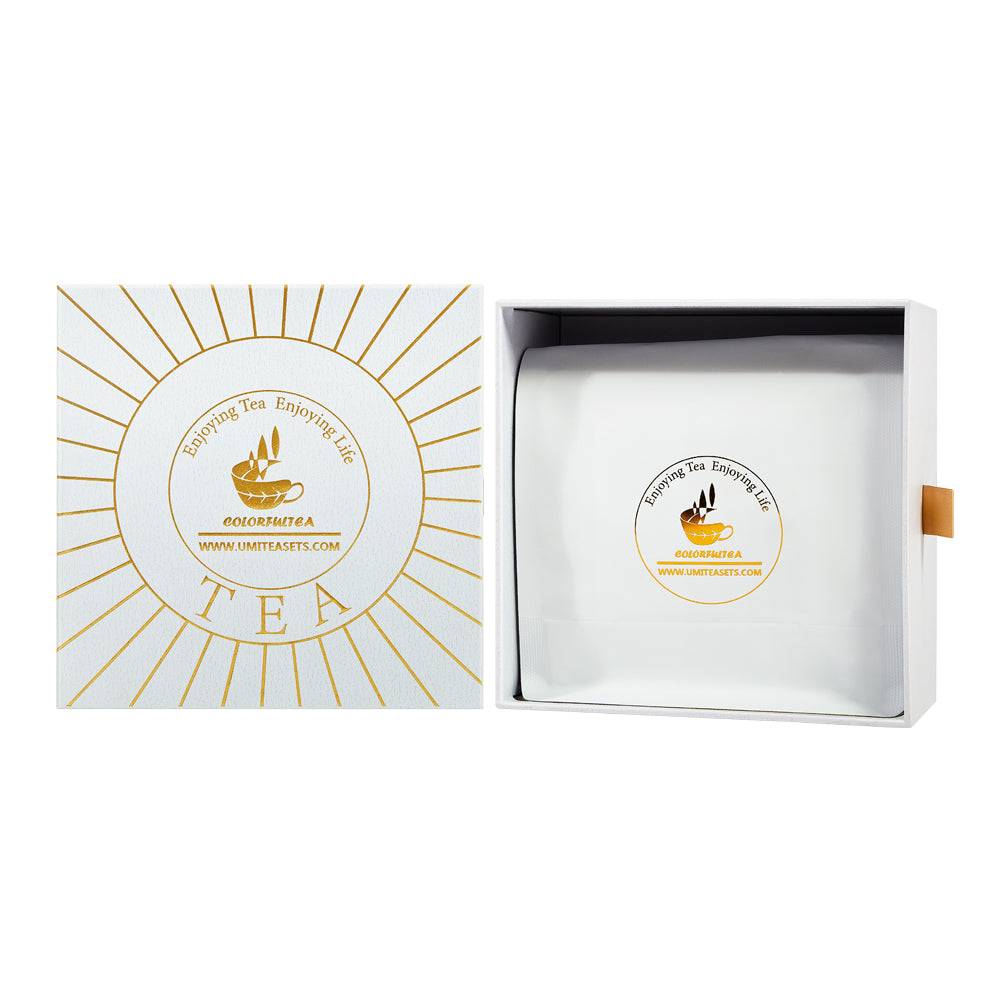
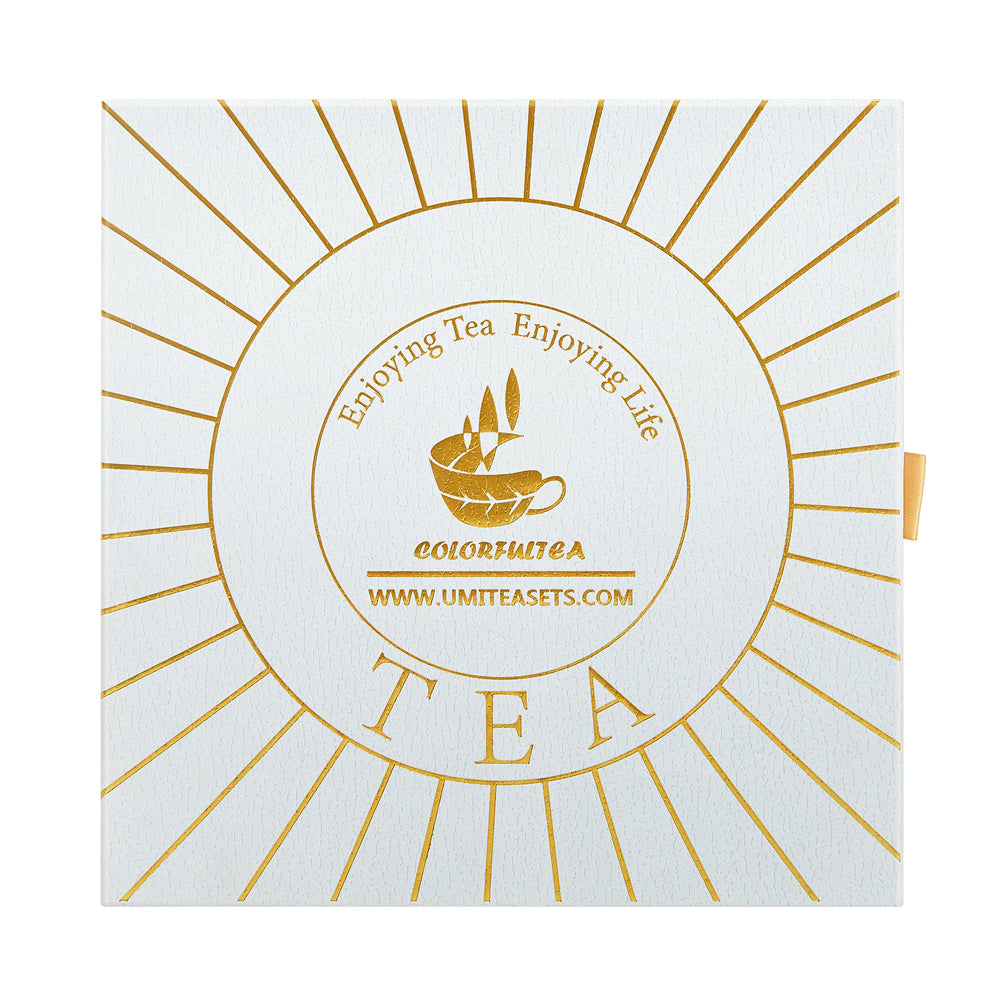
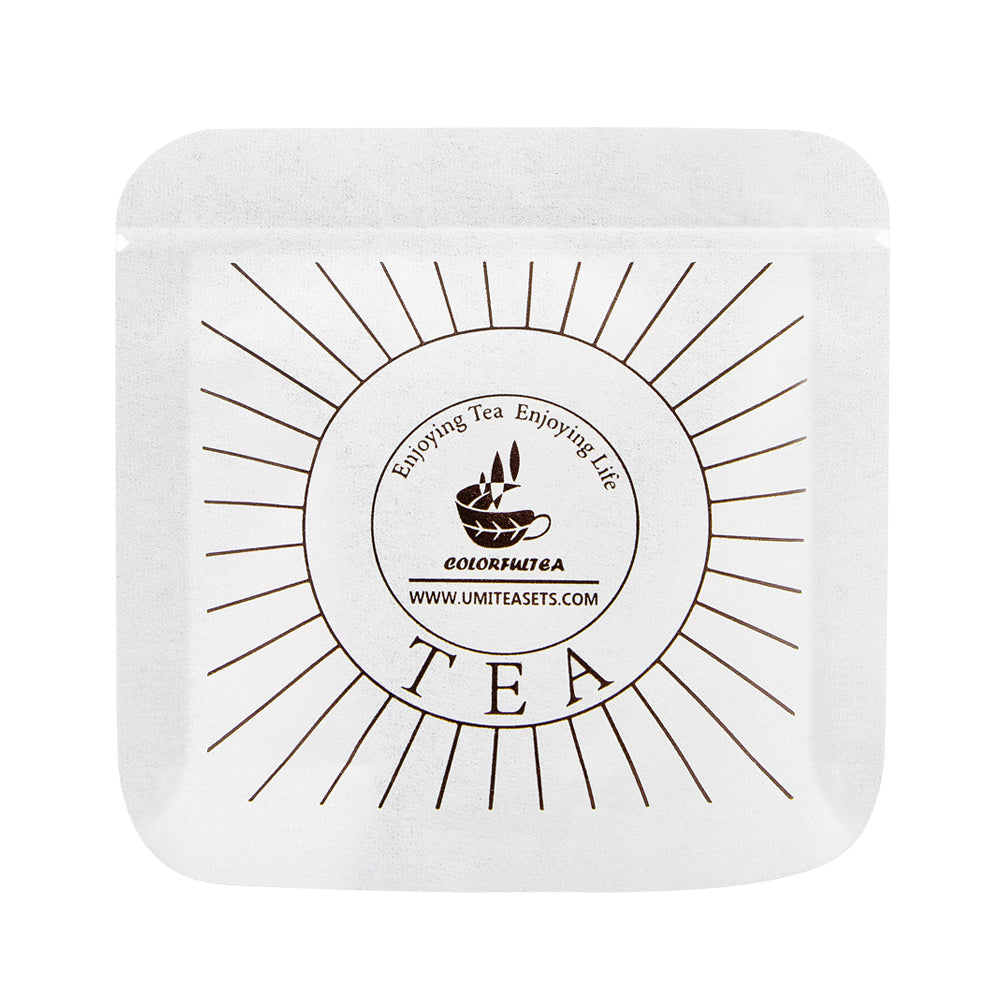
2025 Easter Day
All Items are Free Shipping
- Buy 2 Products or Above With 10% Discount.
- Buy 4 Products or Above With 15% Discount.
- Buy 6 Products or Above With 20% Discount.
- The Discount is not Available for Tea Leaves, Big Tables and Furitures.
Note: The Discount will Auto Apply in Shopping Cart. Valid till 2025/04/20.

What Customers Are Saying












Mikemc Cartney"I ordered a tea warmer. Not only is it beautiful and functional, but the customer service I received was outstandingly good!"
Britteny Russo"I saw this gorgeous set on a YouTube video and swooned over it every time I saw it featured. I was so excited when I was able to find it here! It is absolutely stunning in person and I love that you can see the beautiful color of your tea through the glass. Gorgeous piece I’ll have for the rest of my life!"
Ashley Mason"Tea pot is gorgeous and came well packed and all in one piece and quickly."
Daniel McCormick"I ordered a Tea pet for my girlfriend, Umi tea was quick to ship my order. The package itself was very well boxed up, I can't think of a single complaint."
Jackie Russell"I was very pleased with the order service and our tea stand was exactly as advertised, a great authentic product."
Courtney Lasch"Great company. Love their products! They have such a neat selection of products and I love ordering from them. Can't find a lot of their products elsewhere. Good prices and quick customer service. Would recommend!"
Eden Rivera"The tea set I ordered made an amazing gift and it truly felt great. It made my mother happy and made me happy to see her enjoy her new tea set."
Liz Beekman"Received a beautiful yixing tea set in perfect condition. The people at Umi Tea are also very kind in assisting and answering any questions you might have about your prospective purchase."
Hill Samantha"Umi tea sets customer services is very helpful."
Joss Gardner"I bought an tea set on this website, and their packaging is very perfect with a gift box. The tea set is also very beautiful. Recommend buying."
Anthony Smith"I'm quite satisfied to the products that I received. They were as promised and delivered unharmed to my home."
Alberto Marche"I received the cup but unfortunately it was broken. I contacted the customer service, and they were really nice and welcoming. I discussed this issue with them, and they immediately sent me another cup. The cup arrived in perfect conditions. I really love my cup; I’m using it every day and I want to buy more. The cup is handmade, with high quality clay and beautiful design - definitely worth it. I would recommend Umi Tea Sets to everyone."
Reviews on Trustpilot
· Trustworthy Shopping Experience: Customers Good Reviews on Trustpilot.
· With 4.7 Ratting Score on Trustpilot.
· 350+ Customers Reviews in Total.
· 300 + Reviews are Five Stars.
· 16+ Reviews are Fours Stars.
Reviews on Resellerratings
· Verified by Resellerratings for Trusted Online Shopping.
· With 4.1 Ratting Score on Resellerratings.
· 200+ Customers Reviews in Total.
· 157 + Reviews are Five Stars.
· 30+ Reviews are Fours Stars.











